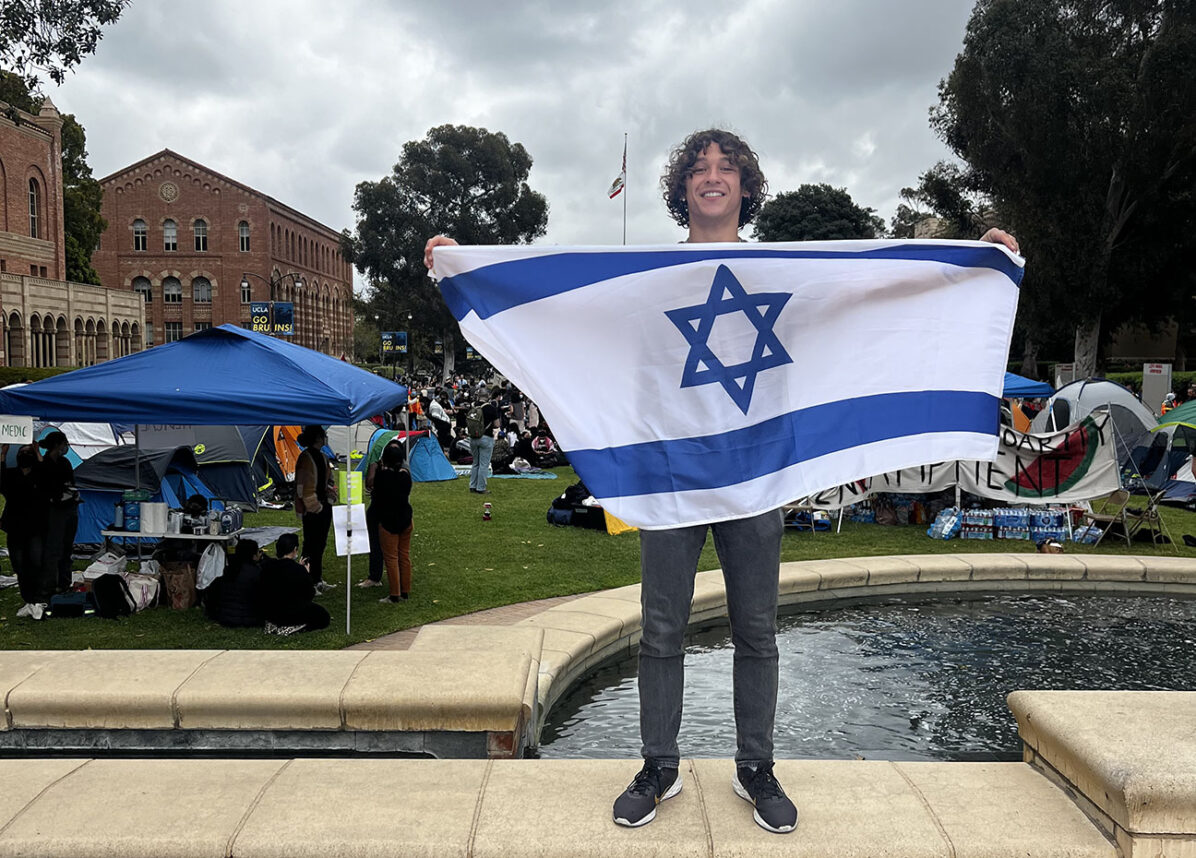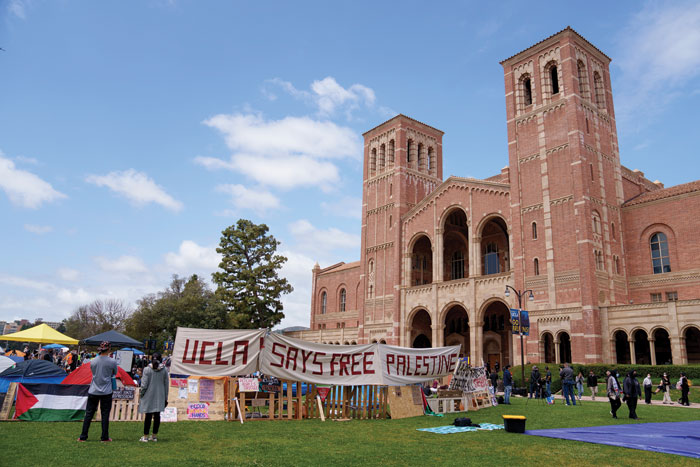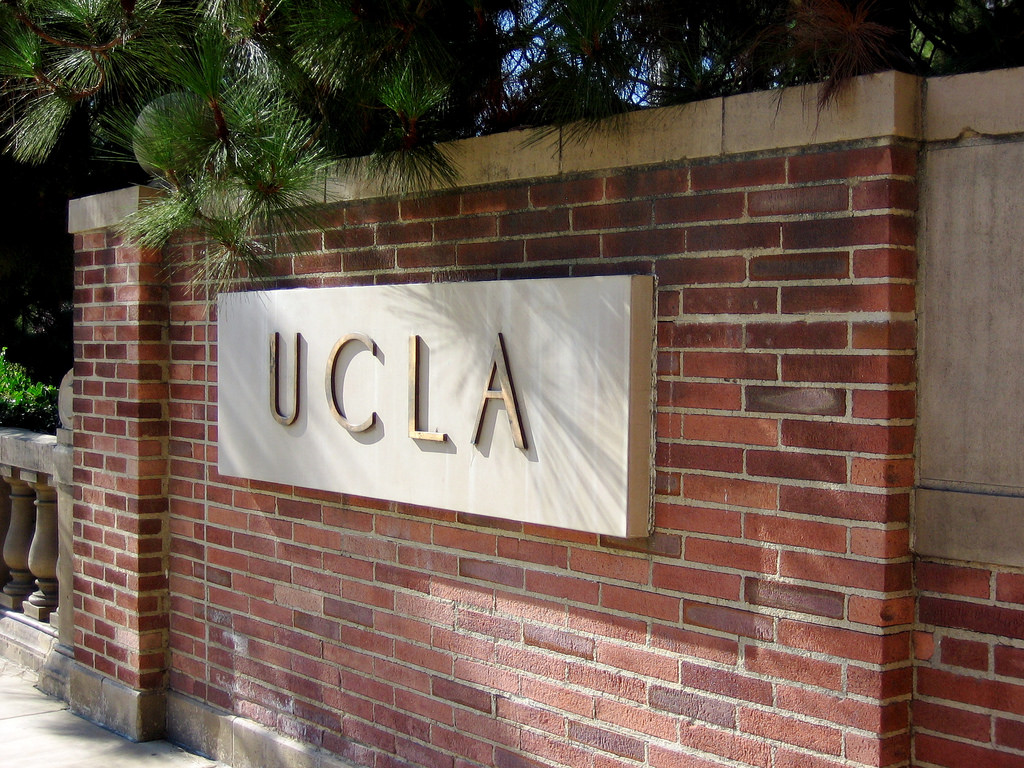“Inventing Great Neck: Jewish Identity and the American Dream,” by Judith S. Goldstein (Rutgers University Press, $24.95)
Before a “Mac mansion” in Beverly Hills was ever marked by a mezuzah, or a store in Encino stormed by a balabustah – coloring these singular suburban communities with the conspicuous consumption and cultural aspirations of a striving Jewish bourgeois — there was Great Neck, Long Island.
This relatively small, leafy 11-square-mile North Shore peninsula, now the home of some 50,000 predominantly Jewish residents, is the subject of an insightful study by Judith Goldstein that offers a challenging view of the contradictions of Jewish identity and the quest of the American dream.
It is an accessible book that melds a welcome perspective and a dash of prejudice, flavored by the fact that the Great Neck born-and-bred Goldstein has lived what she writes about.
My reading also is flavored by having known the author since the 1950s and later, when she wrote a book exploring Jewish communal development titled, “Crossing Lines.” And, of course, in my time, I also envied Great Neck.
For several past generations of Jews scratching to grab hold of America with the dirt of the Pale still under the fingernails and the sounds of anti-Semitism still stinging their ears, moving to Great Neck and its promise of high-end homes and good public schools was the epitome of success.
Here was a suburb an easy half-hour train ride from work in the garment industry and other entrepreneurial endeavors in Manhattan. (The doctors and lawyers would come later, after their accountants and bankers.)
Here was a comfortable community where it was acceptable to be Jewish, though, to be sure, not too Jewish so as to allow yourself to drive to synagogue on Shabbos, preferably in a late-model Cadillac. Most other models were for the Galitzianers.
Here was a social setting where the ambition was to look British and think Yiddish, and be able to tell the difference between a kosher and an expensive Bordeaux wine and appreciate it; where bar and bat mitzvahs rivaled Roman circuses, and the sons and daughters being celebrated were truly regarded as princes and princesses. This is not bad if you happen to be of royalty.
Putting the indulgences into perspective, Goldstein observes, “The welfare, education, and advancement of Great Neck children constituted the community’s social veneer, fixation, and major ambitions, particularly Jewish ambitions for upward mobility. It determined the character of the community and the cause of its transformation from an ordinary North Shore suburb into America’s most outstanding postwar Jewish suburb.”
To first-generation Jews raised not too far away in the raw flotsam of Brooklyn and Queens in the ’50s, as I was, Great Neck was seen as the Odessa of the New World, the true home of the fictional femme fatale, Marjorie Morningstar, fashioned by Herman Wouk.
But then came the social upheavals of the ’60s and ’70s and the popular derisive description of Great Neck as a golden ghetto, with all its ostentatious warts.
Goldstein’s chronicle focuses on the 1920s through the 1960s, exploring the community’s roots as a faux English village, catering to the wealthy, including show biz celebrities, including Jews (not unlike Beverly Hills did a decade later.) This, in turn, attracted the writer F. Scott Fitzgerald, for whom Great Neck became West Egg and the setting for his classic novel, “The Great Gatsby,” which lent a further notoriety to the community.
Then came the Depression, and Great Neck “struggled with developments that could not sell, estates that could not be maintained, and stars that jumped ship and moved to Hollywood,” Goldstein writes. In desperation banks were willing to sell to anyone, including noncelebrity Jews, with the result that Great Neck slowly became Jewish.
According to Goldstein, this particularly meant Jews “who wanted to free themselves from New York’s immigrant ghettos and the self-segregation of Orthodox observance and education.” Overcoming persistent prejudices that included letters in the local paper about “those people from Brooklyn,” Great Neck’s fledgling Jewish community expanded and prospered over the next several decades, establishing a Reform temple of note, molding a superlative public education system and becoming a Democratic bastion of liberal causes in a predominately conservative Republican county.
To be sure, Great Neck struggled with a host of contradictions, including its strong financial and moral support of the civil rights movement nationally, while all but ignoring the condition of its resident black population. It is interesting to note that the book is dedicated to Chassie Lee Burr, who worked as a maid for Goldstein’s parents for 30 years, and is described with love and affection, and a touch of guilt.
In retrospect, those were the good years for Great Neck. More recently, the community’s image was sullied by the documentary, “Capturing the Friedmans,” which presented a powerful account of a local family confronting questionable charges of pedophilia.
However, according to Goldstein, more critical and threatening to the community’s liberal traditions is the relatively recent arrival of conservative and self-segregated, Orthodox Jews, first from Persia and then out of the shtetls of Brooklyn. Shunning the public schools, supporting right-wing political views and generally resisting assimilation, they have become an irritant for the community’s old-line Jews.
Unlike a half-century ago in Great Neck when the conflict was Jew vs. gentile, now the conflict is Jew vs. Jew. As Goldstein concludes, “pluralism is under pressure” and how it plays out is still to be resolved. So goes the Diaspora.
Sam Hall Kaplan, a former writer for The New York Times and former design critic for the Los Angeles Times, is the author of, among other books, “The Dream Deferred: People, Planning and Politics in Suburbia,” and “L.A. Lost & Found.”






















 More news and opinions than at a Shabbat dinner, right in your inbox.
More news and opinions than at a Shabbat dinner, right in your inbox.